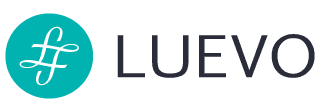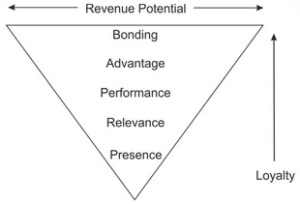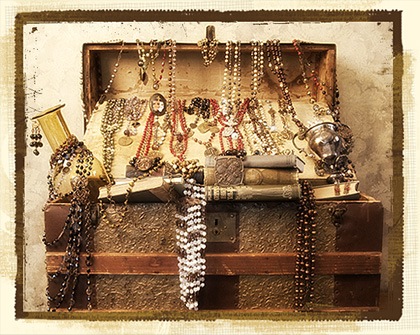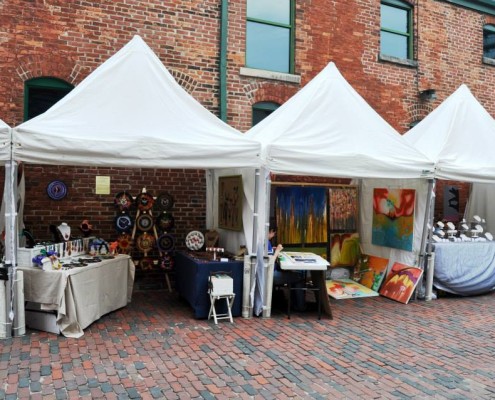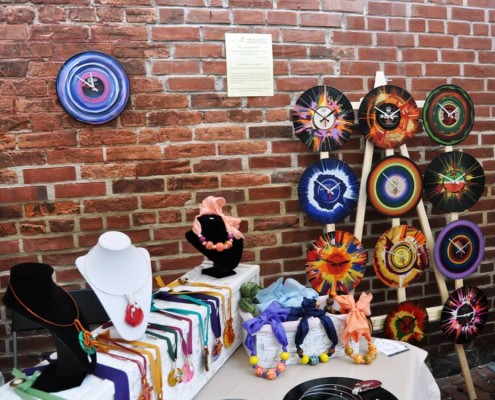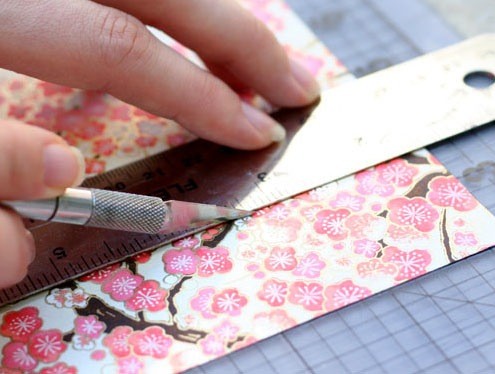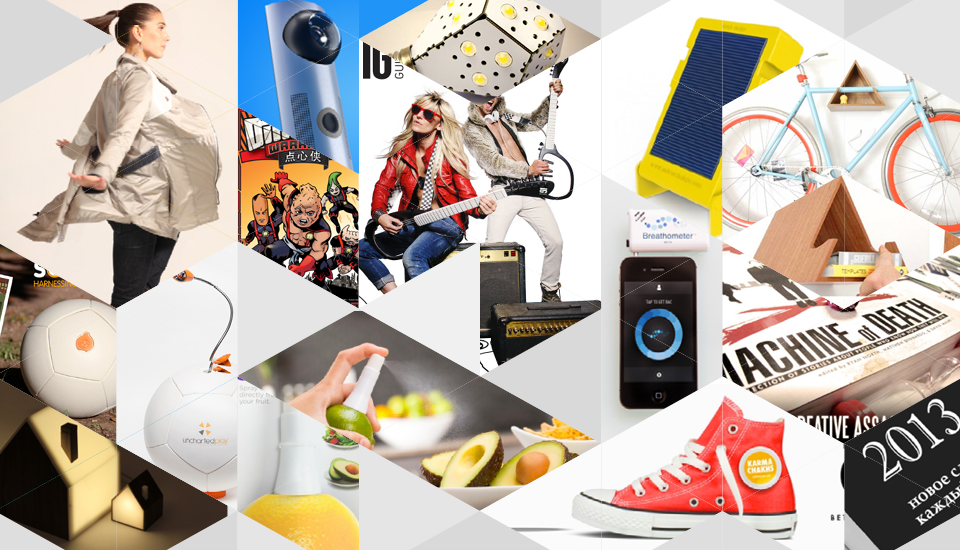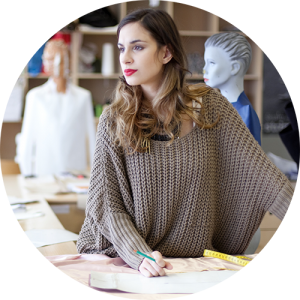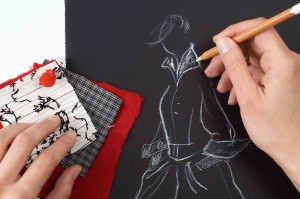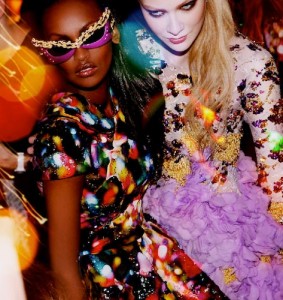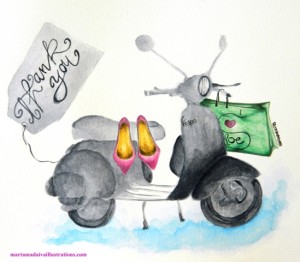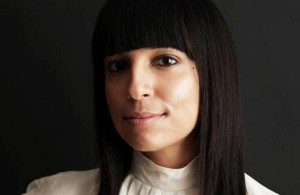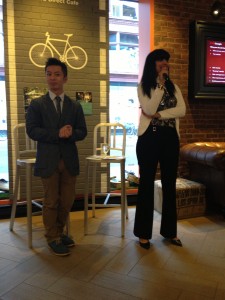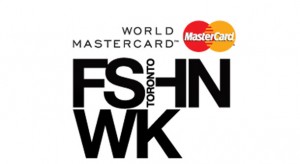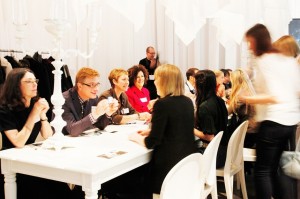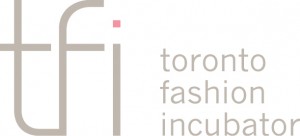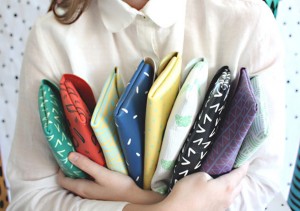DIY PR for Emerging Fashion Designers
In the world of business it’s all about finding ways you can improve and stay in business. The same can be said in the fashion industry. I want to focus on emerging designers. Besides their unique designs and brands what other ways can emerging designers make sure they are exposed to potential customers and opportunities? The answer is Public Relations. However, if you are just starting off you might not be able to afford to hire a PR agency. Here are some solutions I have researched for those who want to go the DIY route.
There are a couple of ways you can approach handling your own PR. While researching I came across the website Handle Your Own PR. Here you will find free tips as well as media list packages starting as low as $80.00. The packages are categorized by type and number of contacts. What I liked about this website is in addition to being able to purchase media lists there is also a step by step process on how to get started . If you want to find more about Handle Your Own PR visit their website and find them on Facebook .
Another option is using social media. It’s amazing how many opportunities have happened thanks to social media. If you are new to social media I would suggest approaching one account at a time. Test one out (i.e. Facebook, Twitter, and etc.) and see which one you are most comfortable with. You never know who might see it and find something they like. If you don’t want to make a personal Facebook page you can always create a Business or Fan Page. I have one myself and it has helped me establish more contacts along with building my audience.
Another helpful DIY approach to PR is putting together a media kit. Basically it gives people a better idea about your company(press release, interviews, and etc). If you aren’t quite sure just how to put one together there are several sources to help guide you along. One website in particular coincidentally called The Emerging Designer just happens to have a must have list of what to include in your brand’s media kit.
Emerging designers can always research the best ways to tackling their own PR by way of books. I happen to have found several books on how you can be your own PR rep. Do Your Own PR: The A-Z of Growing Your Business Through The Press, Networking and Social Media by Paula Gardner is just one of the books that can offer you guidance. This option is great if you want to take notes and bookmark certain sections that have peak your interest.

Image courtesy of amazon.com
Lastly, you can always participate in interviews to get people more familiar with your brand. There are several websites that can connect you to fashion bloggers and writers who might be in interested in interviewing you. Websites like Help A Reporter Out help make connections like this happen.
No matter what method you choose, you should be well on your way to creating an image that will bring you more contacts and increase your business opportunities.
